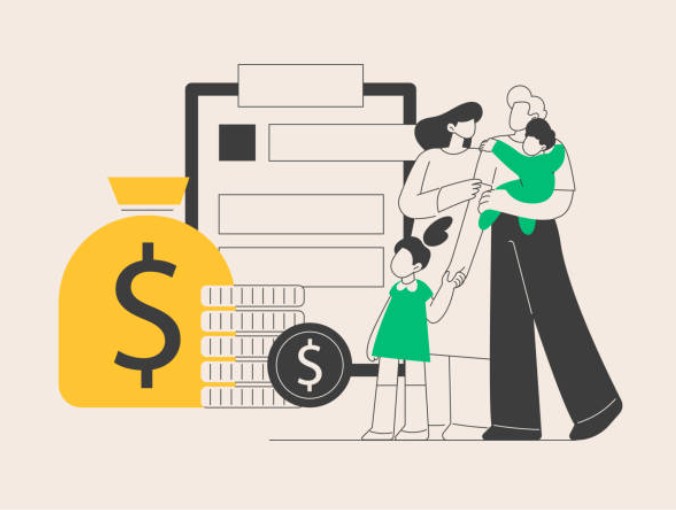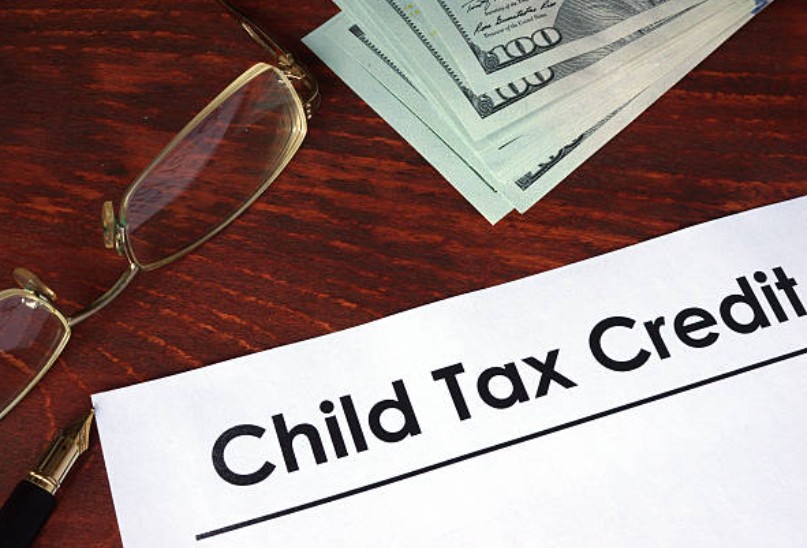An In-Depth Guide for UK Families in 2025
In an era where the cost of living continues to rise and family budgets are stretched thinner than ever, many UK households are understandably asking:
“How much is Child Tax Credit a week UK?”
While the benefit system has shifted significantly over the past few years, the Child Tax Credit (CTC) still plays a vital role for thousands of families across the country who remain on legacy benefits. Whether you’re currently receiving CTC or just trying to understand what support is available for your children, this guide will walk you through everything you need to know — from payment amounts and income thresholds to how it fits into the bigger picture of Universal Credit.
What Is Child Tax Credit?

Child Tax Credit is a government benefit designed to help parents and guardians cover the everyday costs of raising children, including food, clothing, childcare, and education-related expenses. It was introduced to provide direct financial support to low- and middle-income households with dependent children.
However, since the introduction of Universal Credit, new claims for Child Tax Credit are no longer accepted. Instead, people now claim Universal Credit, which includes a child element similar to Child Tax Credit but paid under a different system.
Still, if you’re already on Child Tax Credit and haven’t had a significant change in circumstances, you may continue receiving it. The benefit is managed by HM Revenue & Customs (HMRC) and can be paid weekly or every four weeks, depending on your preference.
How Much Is Child Tax Credit a Week in the UK?
For the 2025/26 tax year, the maximum yearly and weekly rates for Child Tax Credit are as follows:
Family Element
-
Annual amount: £545
-
Weekly equivalent: £10.48
-
This is a flat amount, only available to families who claimed the Child Tax Credit before 6 April 2017.
Child Element (per eligible child)
-
Annual amount: £3,575
-
Weekly equivalent: £68.75
-
Paid for each qualifying child under 16, or 20 if they’re in approved education or training.
-
Usually limited to two children, unless an exemption applies (e.g. multiple births, adoption).
Disability Element

-
Annual amount: £4,070
-
Weekly equivalent: £78.27
-
Available if your child is receiving Disability Living Allowance (DLA) or Personal Independence Payment (PIP).
Severely Disabled Child Element
-
Annual amount: £1,650
-
Weekly equivalent: £31.73
-
Added on top of the Disability Element if your child receives the higher rate of the DLA care component or the enhanced rate of the PIP daily living component.
Weekly Example: Two Children, One with a Disability
Let’s say you’re a single parent with two children — one of whom has a disability — and you still qualify for the family element.
Your weekly breakdown could look like:
-
Family Element: £10.48
-
Child Element: £68.75 × 2 = £137.50
-
Disability Element: £78.27
-
Total Weekly Child Tax Credit: £226.25
However, this is the maximum possible. Your actual entitlement depends on your household income, as detailed below.
How Does Household Income Affect Your Child Tax Credit?
Child Tax Credit is means-tested, meaning the actual amount you receive is based on your total household income.
In the 2025/26 tax year, the income threshold for Child Tax Credit is:
-
£19,195 per year (for families not receiving Working Tax Credit)
If your household income is above £19,195, your Child Tax Credit is reduced by 41p for every £1 over the threshold. This is called the withdrawal rate.
Example:
-
Your household income: £22,000
-
Amount over threshold: £2,805
-
Reduction: 41% of £2,805 = £1,150.05
-
So if you qualified for £5,200 in CTC, you’d actually receive around £4,049.95 per year, or £77.88 per week.
That’s why using a Child Tax Credit calculator (available from sites like Turn2Us or EntitledTo) is highly recommended for an accurate estimate.
Can You Still Apply for Child Tax Credit in 2025?
The short answer is: not unless you’re already receiving it.
As part of the UK government’s wider welfare reform, all new applications for child-related financial support are directed to Universal Credit. This means that the Child Tax Credit is closed to new applicants, and the system is now only supporting existing claimants.
However, if you’re receiving CTC and your circumstances remain unchanged, you can continue receiving it. Examples of a change in circumstances that may stop your CTC and trigger a move to Universal Credit include:
- Moving in with a partner or separating
- Starting or ending employment
- Moving to a new address
- A significant increase in income
If any of these occur and you notify HMRC, they may end your Child Tax Credit and instruct you to apply for Universal Credit instead.
Migration to Universal Credit: What You Need to Know?

The government has begun a process called Managed Migration, gradually moving all legacy benefit claimants — including those on Child Tax Credit, onto Universal Credit. If you’re affected, you’ll receive a Migration Notice from the Department for Work and Pensions (DWP).
This letter will give you a 3-month deadline to apply for Universal Credit. If you don’t act within this time, your current benefits will stop.
Fortunately, if you are worse off under Universal Credit, you may qualify for transitional protection, which ensures you don’t lose money immediately. However, this protection is only temporary and subject to change based on your circumstances.
Is Child Benefit the Same as Child Tax Credit?
This is a common area of confusion.
- Child Benefit is a separate, non-means-tested payment available to nearly all UK families. It’s paid per child regardless of income (though higher earners may repay some through the High Income Child Benefit Charge).
- Child Tax Credit, in contrast, is means-tested, aimed at families with lower incomes, and is part of the legacy benefits system.
As of 2025:
- Child Benefit pays £25.60 a week for the first child
- £16.95 per week for each additional child
- You can claim Child Benefit in addition to Child Tax Credit or Universal Credit
What Should Families Do Next?
If you’re currently on the Child Tax Credit:
- Keep your details up to date with HMRC
- Watch out for any letters from DWP about migrating to Universal Credit
- Consider speaking to a benefits advisor to check if switching to Universal Credit early would be better for your family
If you’re not currently on CTC and need support:
- Visit the official GOV.UK Universal Credit page
- Use a benefits calculator (like Turn2Us or entitledto) to check what you can claim
Final Thoughts
For families still on Child Tax Credit in the UK, understanding how much you can get per week in 2025 is crucial. While the benefit system continues to evolve, CTC remains a vital support mechanism for thousands of households.
Make sure to:
-
Stay informed about your eligibility and income impact
-
Prepare for the move to Universal Credit
-
Use reliable benefit calculators to plan your finances
By being proactive and informed, you can make sure your family receives the maximum support it’s entitled to during this transitional period.

Leave a Reply